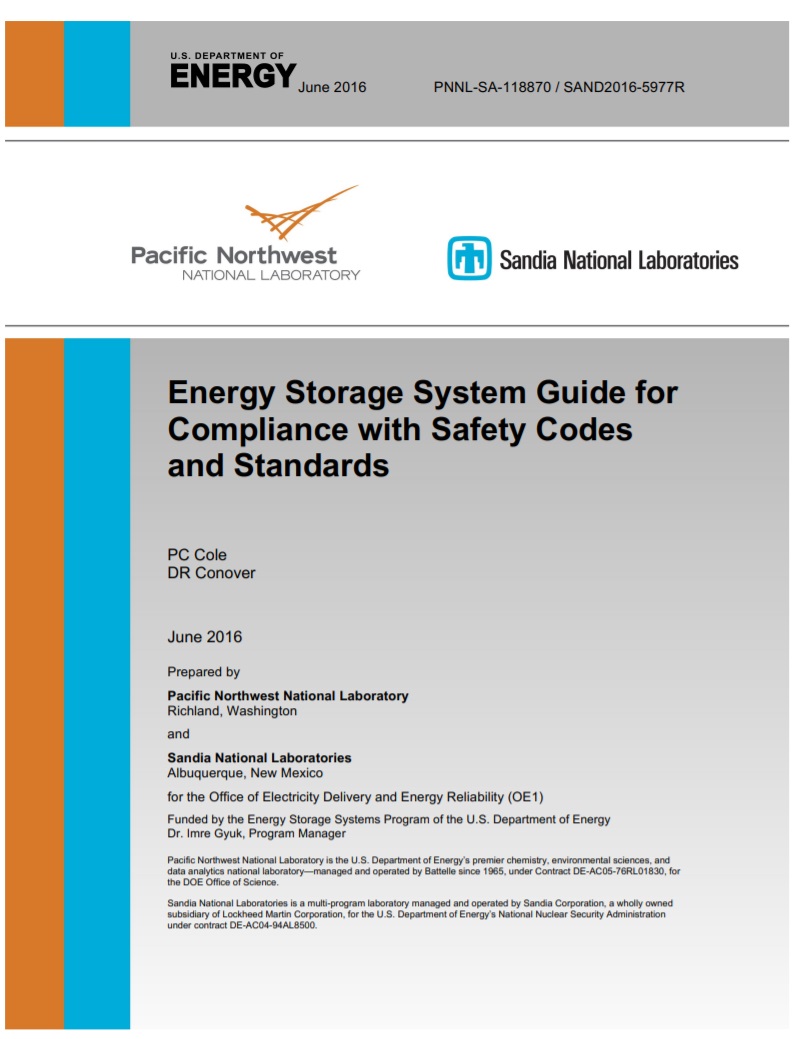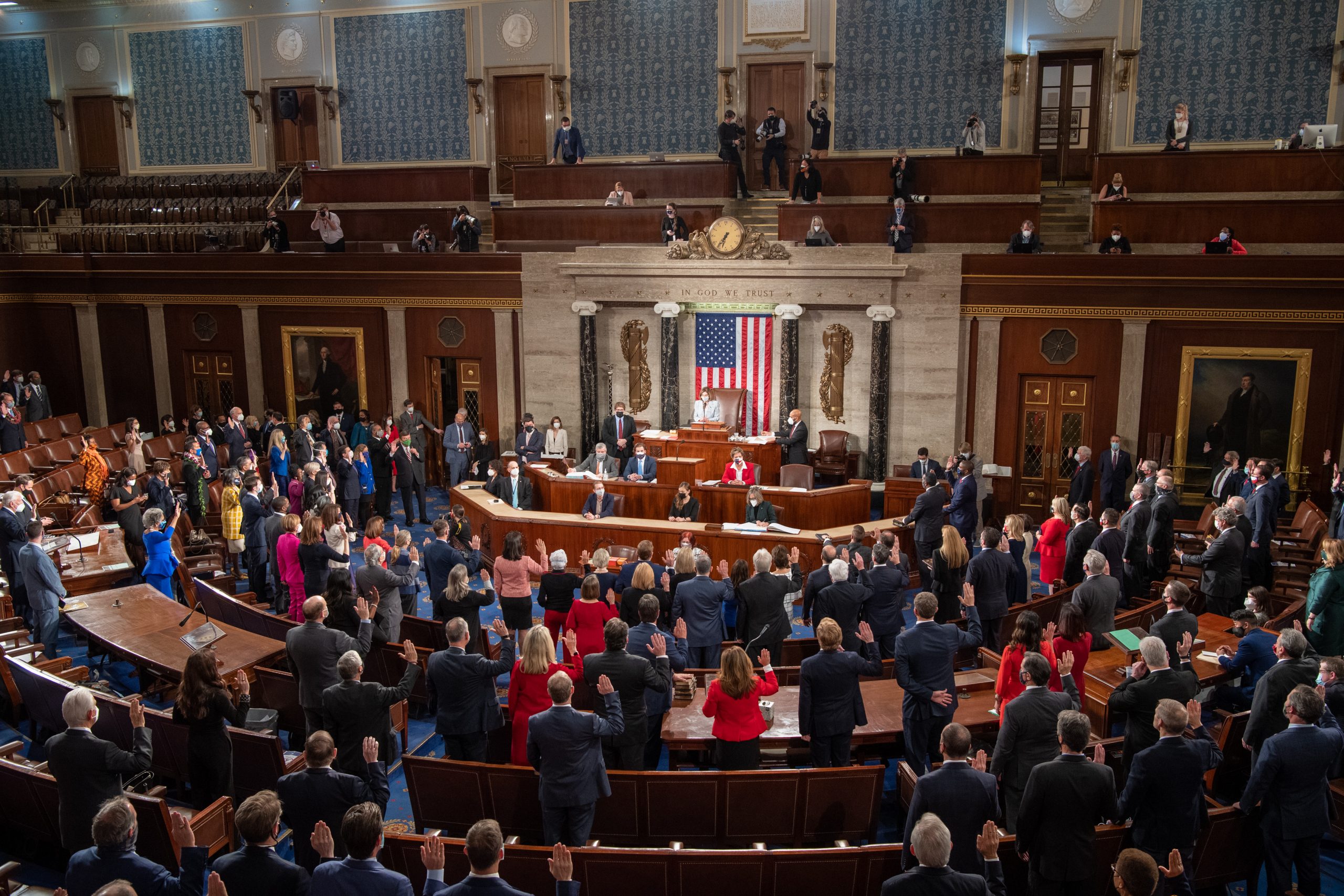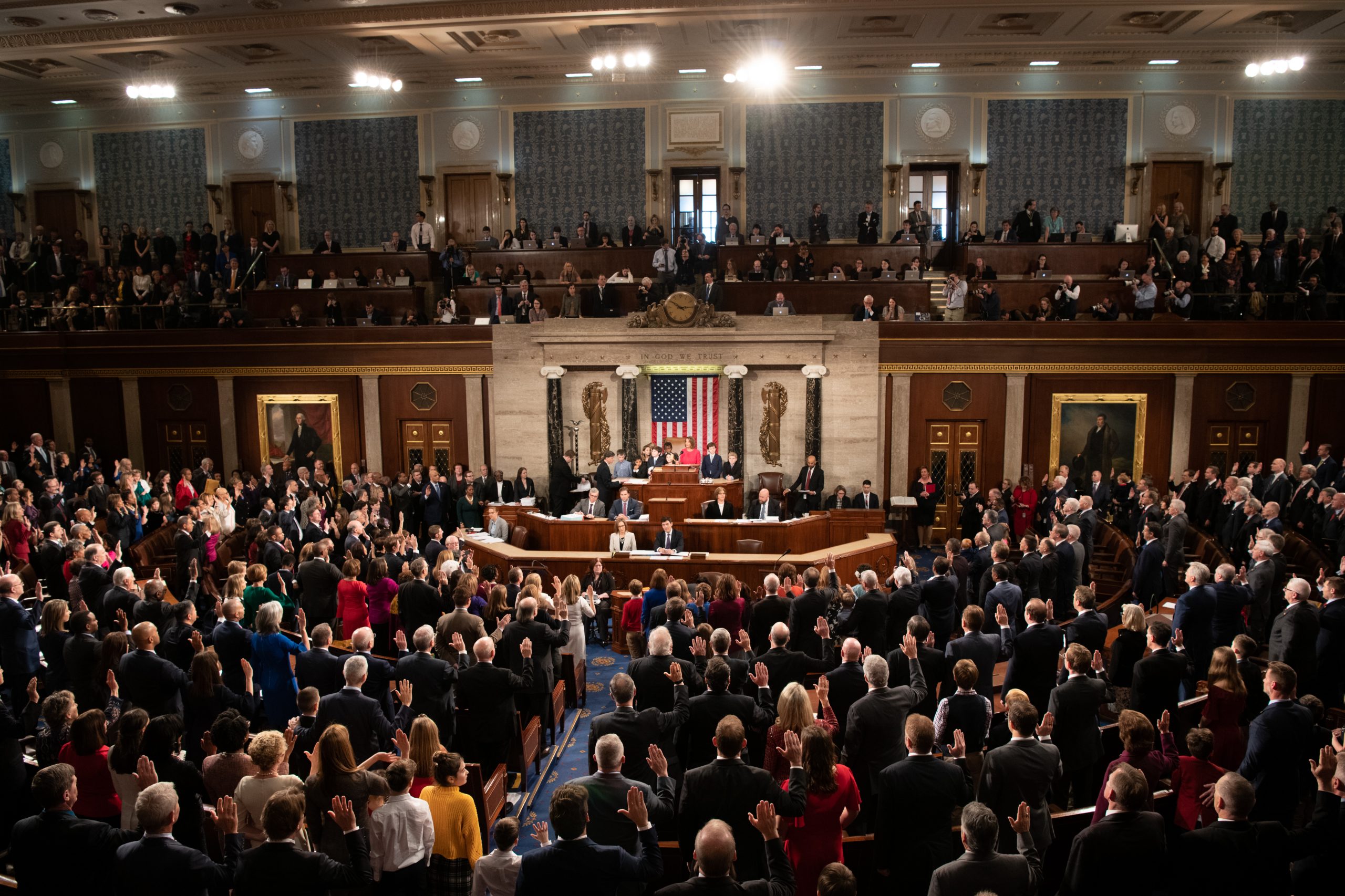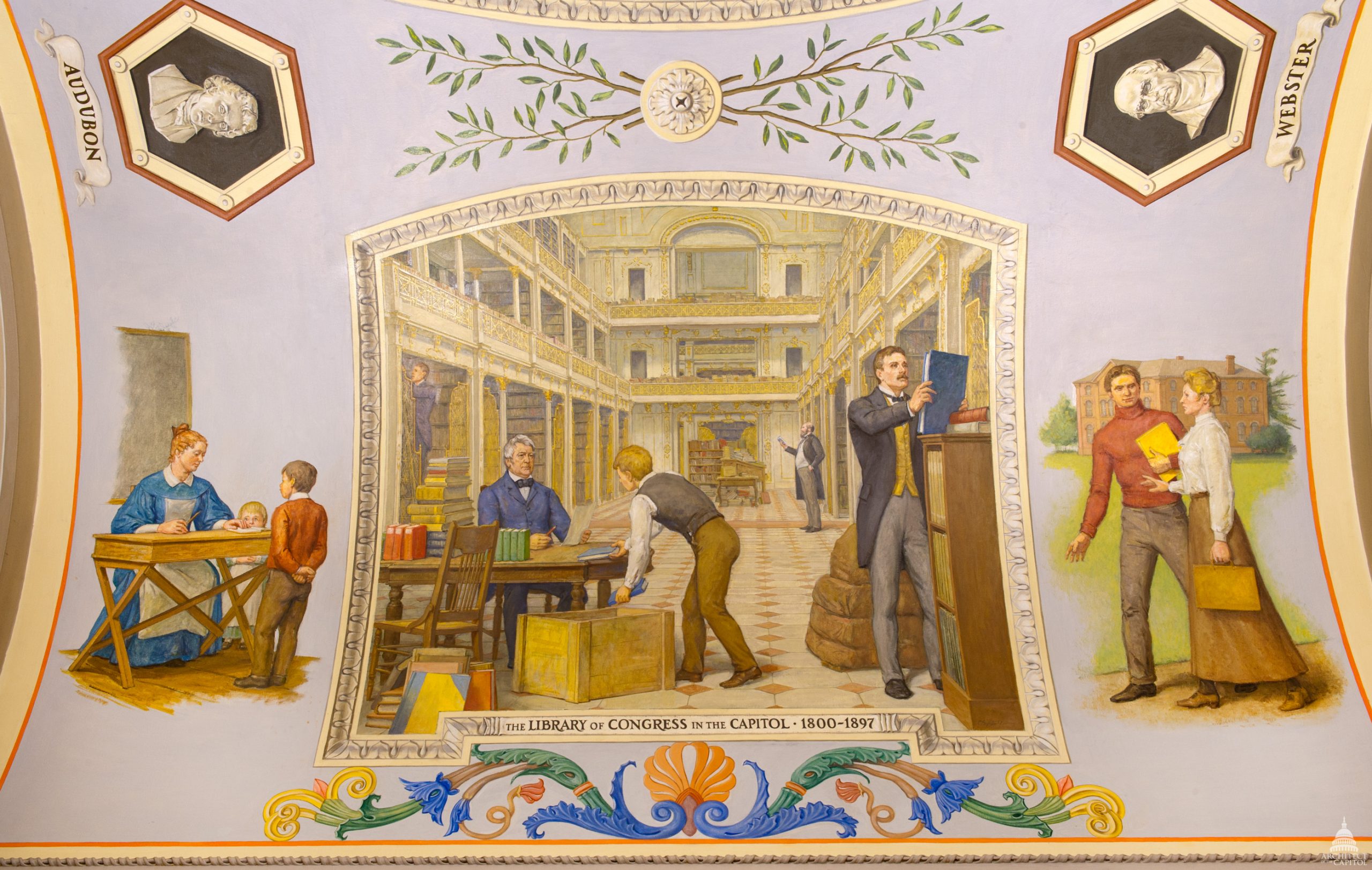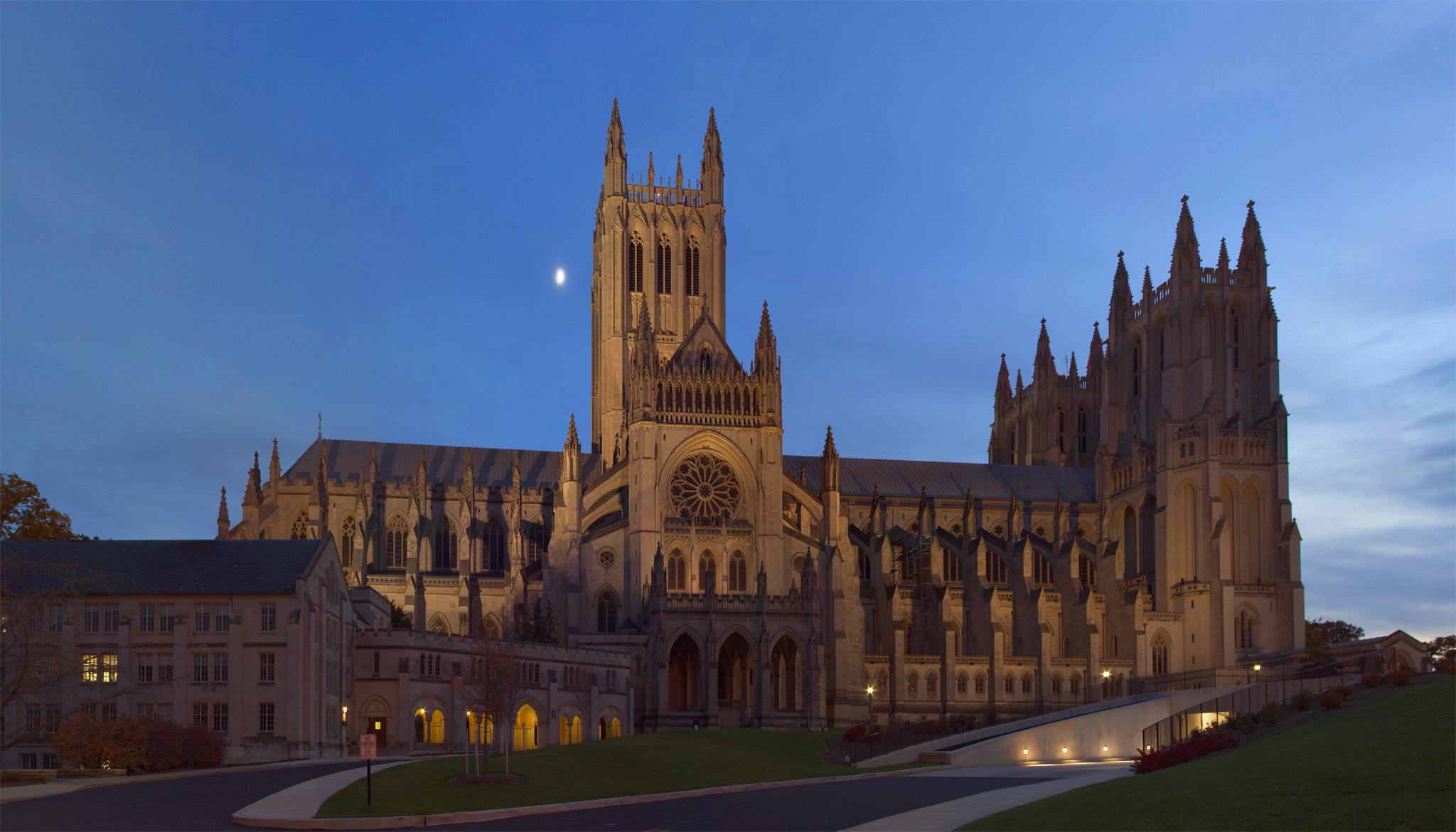Introduction. This Compliance Guide (CG) covers the design and construction of stationary energy storage systems (ESS), their component parts and the siting, installation, commissioning, operations, maintenance, and repair/renovation of ESS within the built environment with evaluations of those ESSs against voluntary sector standards and model codes that have been published and adopted as of the publication date of this CG. The fundamental premise behind the development of the CG is that technology generally evolves and is deployed before development and adoption of codes and standards that specifically and prescriptively provide criteria that can be used to assess the acceptability of the technology. Until codes and standards are available that provide such criteria, those seeking to document or verify that what is proposed complies with those codes and standards must do so on the basis of equivalent performance; that is, they must show that what they are proposing, while not specifically covered by the criteria, is neither no more hazardous nor less safe than a similar technology that is covered by the criteria.



